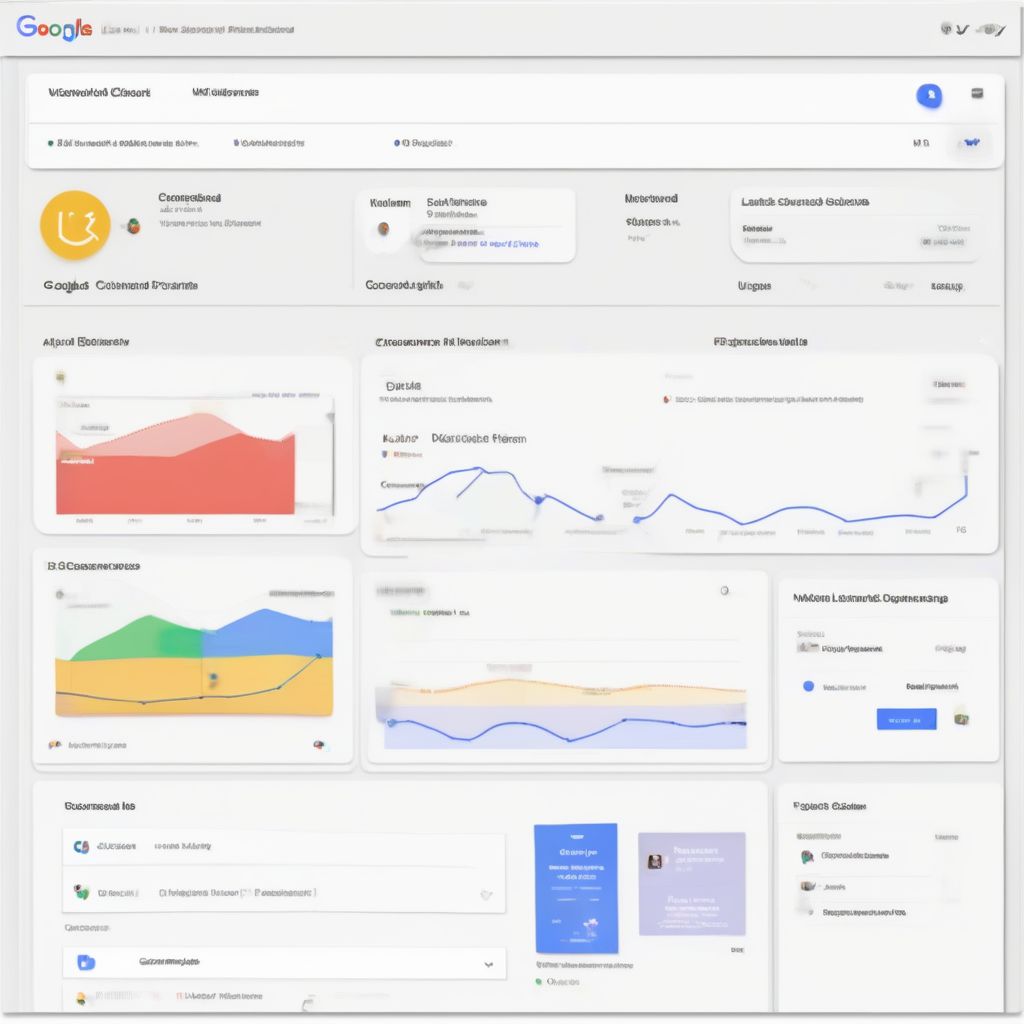In today’s cloud-centric world, managing user identities efficiently and securely is paramount. As organizations adopt various cloud-based applications, ensuring seamless access for employees while maintaining a robust security posture becomes a critical challenge. This is where cloud.mualaptophanoi.com/google-cloud-directory-sync/">Google Cloud Directory Sync (GCDS) emerges as a powerful solution, simplifying identity management for businesses leveraging Google Workspace.
Understanding Google Cloud Directory Sync
What is Google Cloud Directory Sync?
Google Cloud Directory Sync (GCDS) is a free directory synchronization tool provided by Google. It enables organizations to synchronize user and group data from their on-premises Active Directory or LDAP directory to Google Workspace (formerly G Suite). This synchronization ensures that users have a single source of identity across both on-premises and cloud environments.
Key Features of GCDS
GCDS boasts a range of features that streamline identity management, including:
- Bi-directional Synchronization: GCDS allows for synchronizing data both ways – from on-premises to the cloud and vice versa. This ensures data consistency and facilitates hybrid identity models.
- Granular Control: Administrators have granular control over which users, groups, and attributes are synchronized, allowing for customized synchronization rules to meet specific organizational needs.
- Password Synchronization: GCDS can synchronize password hashes, enabling users to maintain a single password for both on-premises and cloud resources, improving user experience without compromising security.
- Scheduled Synchronization: Organizations can schedule automatic synchronization tasks to ensure that data remains consistent over time, minimizing administrative overhead.
- Detailed Logging and Reporting: GCDS provides comprehensive logs and reports that offer insights into synchronization activities, facilitating troubleshooting and monitoring.
Why is Google Cloud Directory Sync Important?
The adoption of GCDS brings forth numerous benefits for organizations:
- Simplified User Provisioning: GCDS automates the process of creating, updating, and deleting user accounts in Google Workspace, eliminating manual tasks and reducing the risk of errors.
- Enhanced Security: By synchronizing passwords and enforcing consistent password policies across environments, GCDS strengthens security and helps protect sensitive data.
- Improved User Experience: With single sign-on capabilities, users can access cloud resources using their existing on-premises credentials, eliminating the need for multiple logins and improving productivity.
- Centralized Identity Management: GCDS provides a centralized platform for managing identities, simplifying administration and reducing IT complexity.
- Cost-Effectiveness: As a free tool, GCDS eliminates the need for costly third-party identity management solutions.
Frequently Asked Questions about Google Cloud Directory Sync
1. Can GCDS synchronize data from other directory services besides Active Directory?
While primarily designed for Active Directory, GCDS can synchronize data from other LDAP-compliant directory services with some configuration adjustments.
2. What happens to user data in Google Workspace if GCDS is deactivated?
Deactivating GCDS does not delete user data in Google Workspace. However, future changes made to on-premises data will no longer be synchronized.
3. Does GCDS support multi-factor authentication (MFA)?
While GCDS itself doesn’t enforce MFA, it can synchronize users’ MFA settings from on-premises to Google Workspace if MFA is enabled in the on-premises environment.
4. Can I use GCDS with a multi-domain forest in Active Directory?
Yes, GCDS supports synchronizing data from a multi-domain forest in Active Directory, allowing for centralized identity management across complex environments.
Conclusion
In an increasingly cloud-driven business landscape, managing user identities effectively is paramount. Google Cloud Directory Sync provides a robust and cost-effective solution for organizations looking to streamline identity management between their on-premises and Google Workspace environments. By leveraging GCDS, organizations can simplify user provisioning, enhance security, and improve the overall user experience.
We encourage you to share your thoughts, questions, or experiences with GCDS in the comments section below. Let’s continue the conversation on optimizing identity management for the cloud era!


